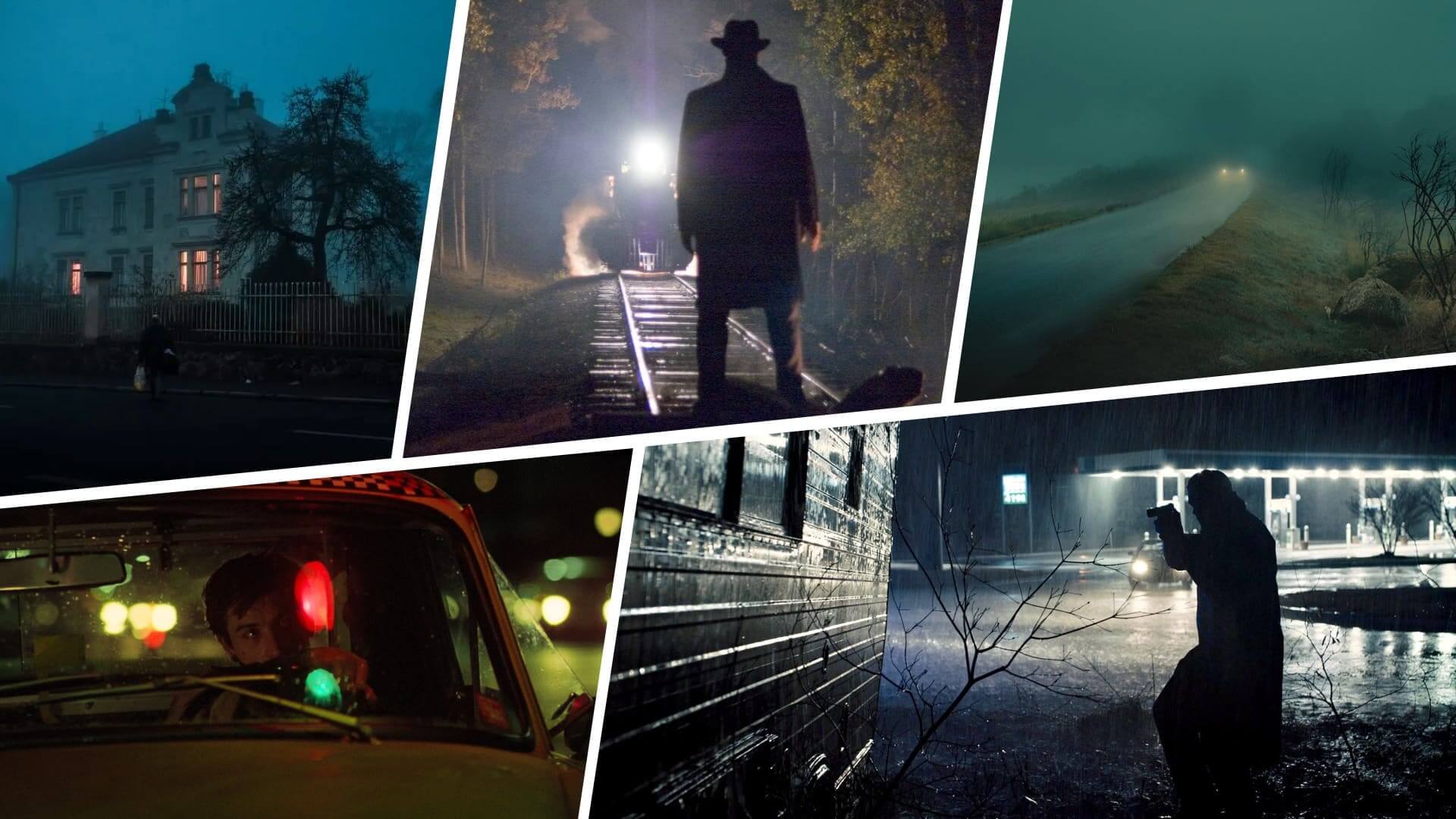Films possess an immense power to evoke a myriad of emotions within their viewers. From pure joy to profound sadness, from gripping fear to overwhelming love, movies have the unique ability to transport us to alternate worlds and forge deep connections with the stories being told. One element that plays a pivotal role in creating this emotional impact is the atmosphere of a film.
What is Atmosphere in Movies and Television?
First, let’s define atmosphere in film
The atmosphere in a film is an integral part of storytelling that can transform a simple plot into a captivating cinematic experience. Let's look at what atmosphere in film means through its definition.
ATMOSPHERE FILM DEFINITION
What is atmosphere in film?
Atmosphere in film refers to the intricate blend of visual and aural elements intentionally crafted by the filmmaker to establish a specific tone and guide the viewer toward a desired emotional response or mood. It can be considered the architectural framework of the film's emotional landscape, constructed through technical choices in sound design, cinematography, music, and other aesthetic decisions.
The magic of atmosphere lies in its ability to transport us, as viewers, into the very world of the film. It is a powerful tool that enhances our emotional connection to the story, making it more immersive, engaging, and impactful.
Importance of Atmosphere in Film:
- Enhances viewer's emotional engagement
- Heightens cinematic storytelling impact
- Magnifies film's immersive experience
Why is Atmosphere in Movies Important?
Atmosphere vs Mood and Tone
Understanding the nuances of atmosphere, mood, and tone in film can significantly enhance one's appreciation of the cinematic experience. These elements are intricately woven together, each contributing unique aspects to the overall emotional landscape of a film.
Atmosphere and Tone
The atmosphere in a film is inextricably linked to its tone. The tone, essentially, mirrors the director's attitude or approach towards the material being depicted on screen.
The atmosphere serves as the sensory fabric that envelops this tone. It is constructed through meticulous choices in visual and aural elements - from cinematography and sound design to music and lighting. These elements work in harmony to reflect and amplify the tone, providing a tangible texture that viewers can emotionally connect with.
Analyzing the interplay of atmosphere and tone in films, we can find intriguing examples where movies share a similar atmosphere but have different tones. Two such films are 2001: A Space Odyssey and Interstellar.
2001: A Space Odyssey is a seminal work by Stanley Kubrick that explores themes of human evolution, technology, artificial intelligence, and extraterrestrial life. Its atmosphere is characterized by its minimalist sound design, slow pacing, and visually stunning depiction of space.
However, the tone of the film is cold and clinical, emphasizing the vastness and isolation of space, and the alienation brought about by advanced technology.
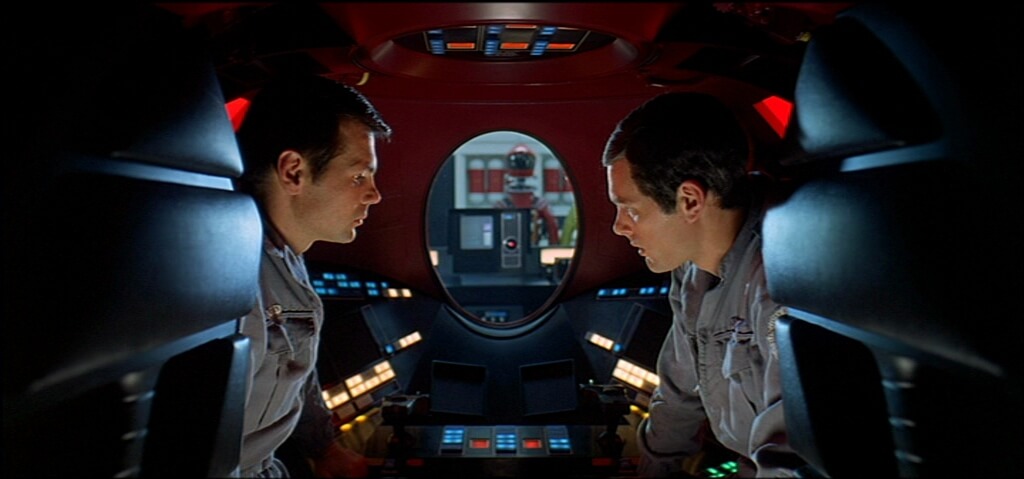
2001: A Space Odyssey
On the other hand, Interstellar, directed by Christopher Nolan, also shares a similar atmospheric aesthetic with its breathtaking portrayal of space and time travel. It too employs a minimalist sound design with Hans Zimmer's hauntingly beautiful score and uses slow pacing to build tension.
However, the tone of Interstellar is much warmer and more humanistic. It focuses on themes of love, survival, and the indomitable human spirit in the face of cosmic adversity.

Interstellar
Atmosphere and Mood
While the atmosphere carries the tone, it also plays a pivotal role in shaping the mood of the film. The mood is the emotional echo that resonates with the audience - the feelings that the filmmaker intends for viewers to experience during their cinematic journey.
The atmosphere guides the audience towards this intended emotional response. It's like a subtle, yet powerful, conductor orchestrating the viewer's emotions in sync with the film's narrative rhythm. Through strategic visual and audio cues, the atmosphere molds the mood, steering the emotional current that flows between the film and its audience.
Defining Atmospheric Movies
Characteristics of Atmosphere in Film
The atmosphere in a film is not created by a single element, but rather by a combination of several components working together. Here, we will discuss some of the key elements that contribute to the creation of atmosphere in film.
Cinematography
Cinematography, the art of visual storytelling, is one of the most powerful tools for creating atmosphere. Different camera angles, shot sizes, and camera movements can evoke various emotions, contributing significantly to the overall atmosphere. Landscape shots, for instance, can create a sense of vastness and isolation, while close-ups can make us feel more intimate and connected to the characters.
Lighting is another crucial element in creating atmosphere. Low-key lighting can create a mysterious, suspenseful atmosphere, while high-key lighting might be used to convey a cheerful and lighthearted mood.
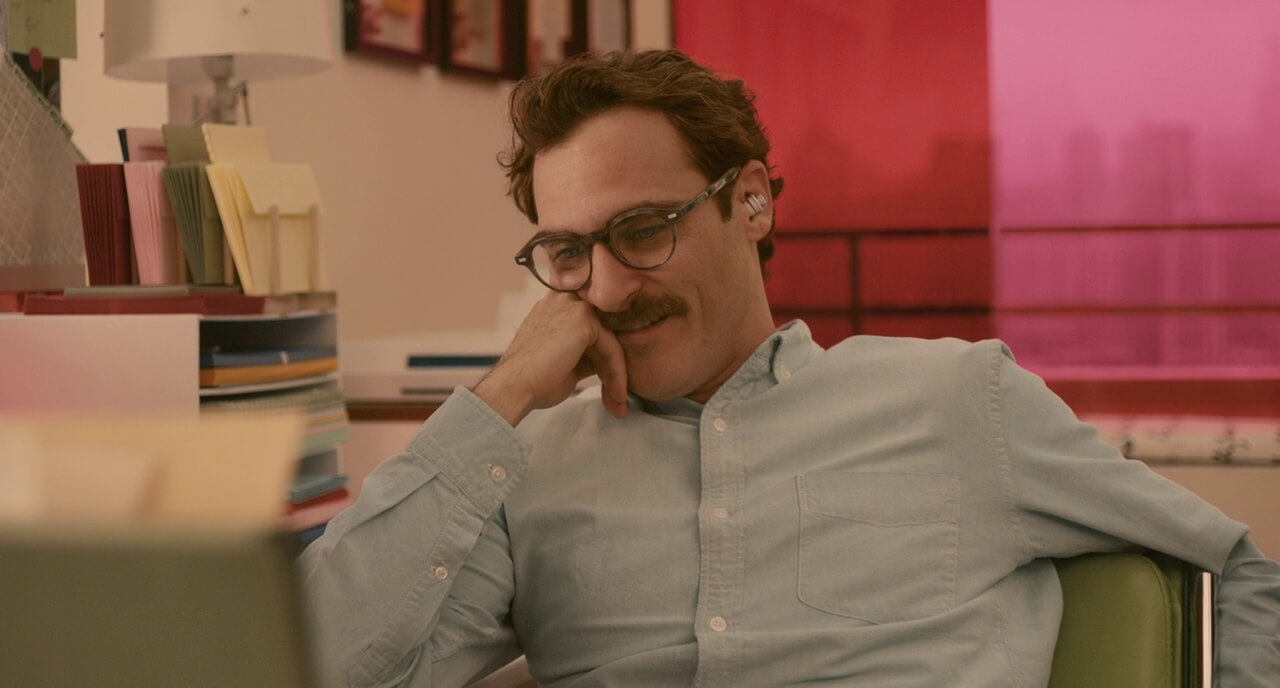
Her
The use of shadows and hard lighting techniques, such as chiaroscuro, can create a dramatic atmosphere or convey a sense of danger or mystery. Soft lighting and warm colors, on the other hand, can create a cozy and romantic atmosphere.
Production Design
Production design, which includes the sets, costumes, and props used in a film, can greatly contribute to the atmosphere. For instance, a gloomy, rundown setting can create a sense of despair, while bright, colorful costumes might suggest joy and vitality.
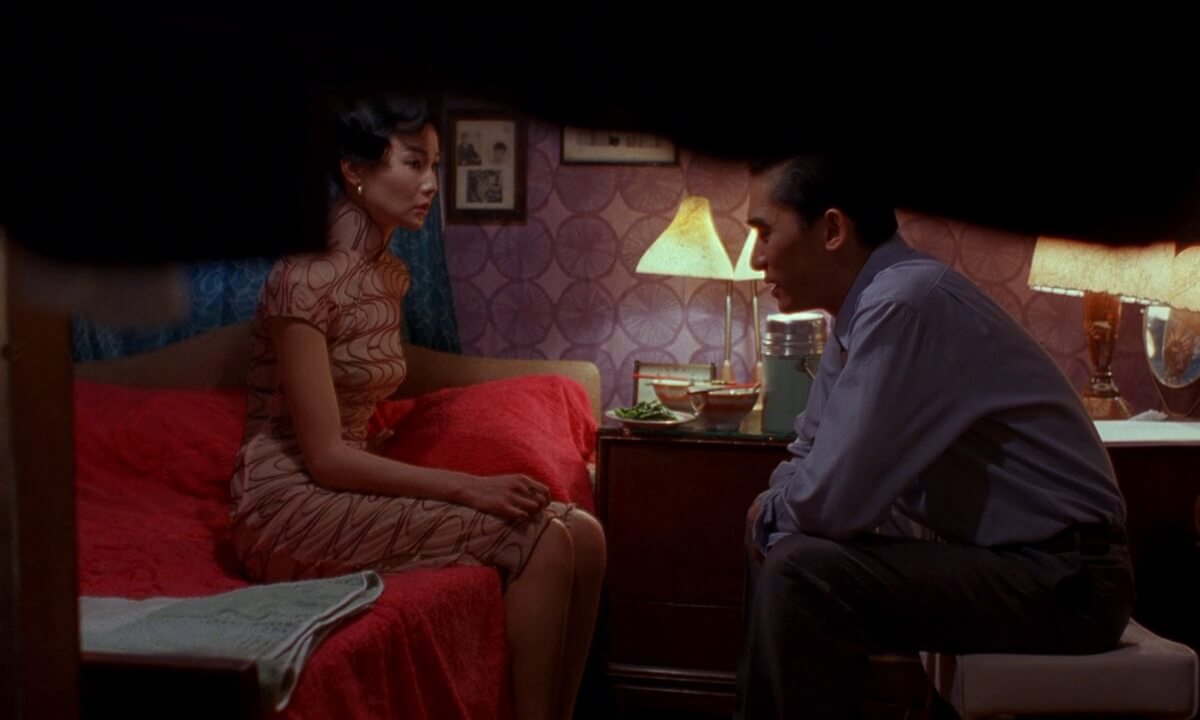
In the Mood for Love
Sound and Music
Sound design and music play a pivotal role in setting the atmosphere. From the ominous background score in a suspense thriller to the uplifting tunes in a feel-good movie, sound and music can dramatically influence the viewers' emotional state.
How to Design a Digital Film Score like Trent Reznor and Atticus Ross • Subscribe on YouTube
All of these elements create the emotional texture of a film’s atmosphere. They are the craft behind the tone a filmmaker is telling a story in.
Why is Atmosphere in Movies Important?
Importance of Atmosphere in Film
The atmosphere of a film transcends beyond being a mere aesthetic feature, constituting an integral part of the cinematic narrative. It significantly impacts the audience's experience by directly influencing their emotional engagement and perception of the story. It is often what makes a film memorable.
Enhances Emotional Engagement
The atmosphere of a film is a potent tool that enhances the emotional engagement of the audience. By carefully crafting the mood and tone, filmmakers can guide the audience's emotional responses. For instance, a suspenseful atmosphere can keep the audience on the edge of their seats, while a romantic atmosphere can make them empathize with the characters' love story.
Influences Perception of the Story
The atmosphere sets the stage for the narrative, guiding the audience's interpretation and understanding of the story. It provides important cues that aid in the comprehension of the plot, characters, and themes of the film. For example, a dark, grim atmosphere in a crime drama could signify the bleak reality of the characters' lives.
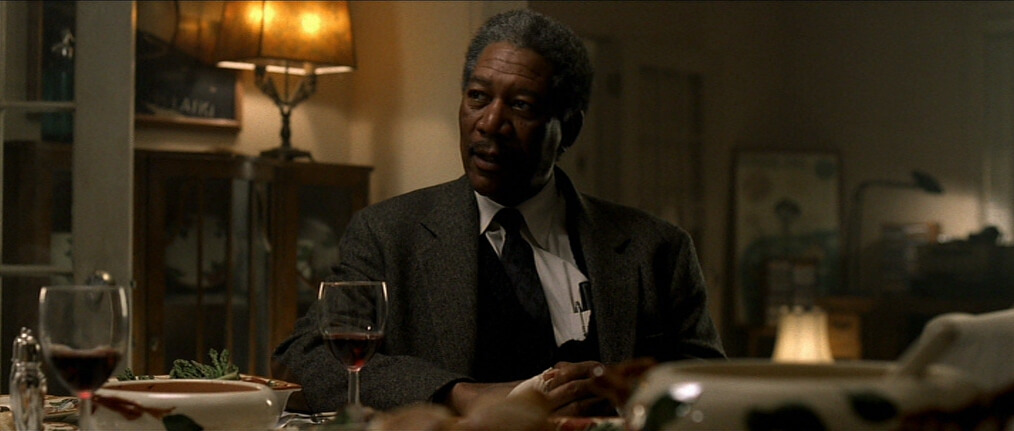
Se7en
Facilitates Immersion
A well-crafted atmosphere can draw the audience into the world of the film, facilitating a sense of immersion. It creates a believable and compelling universe that the audience can lose themselves in, thereby enhancing their viewing experience. Credible atmospheres can make even the most fantastical of stories seem plausible, enabling audiences to suspend disbelief and engage with the narrative on a deeper level.
Related Posts
Iconic Atmospheric Films
Examples of Atmosphere in Film
While there are certain types of atmospheres commonly found in films, the truly remarkable ones create a unique ambiance that sets them apart from the rest. Let's explore several case studies of films that have successfully created unique and captivating atmospheres.
The Shining (1980) directed by Stanley Kubrick
In this chilling masterpiece, Stanley Kubrick masterfully crafts an eerie and unsettling atmosphere that seeps into every frame. The isolation of the Overlook Hotel, coupled with its haunting history, creates a sense of dread and anticipation. The meticulous attention to detail, from the eerie music to the unsettling camera angles, adds to the overall unsettling experience.
Kubrick's Directing Style Explained • Subscribe on YouTube
As the story unfolds, the atmosphere intensifies, leaving the audience on the edge of their seats, captivated by the dark and mysterious world Kubrick has created.
Lost in Translation (2003) directed by Sofia Coppola
Sofia Coppola's iconic drama is a perfect example of how atmosphere can be used to evoke a specific mood and emotion. Set in Tokyo, the film has a dreamy, almost ethereal atmosphere that captures the feeling of being lost and disconnected in a foreign city.
The use of vibrant neon lights and subtle background music add to the sense of disorientation and longing that pervades the film. The atmosphere in Lost in Translation is an essential element in conveying the characters' inner struggles and creating a poignant, bittersweet experience for the audience.
Ways Sofia Coppola Captures Isolation • Subscribe on YouTube
Mad Max: Fury Road (2015) directed by George Miller
George Miller's Mad Max: Fury Road captures a gritty and oppressive atmosphere that engulfs the post-apocalyptic wasteland. The desolate landscapes, battered vehicles, and relentless pursuit of survival contribute to the film's dark and unforgiving ambiance.
The intense action sequences and adrenaline-fueled chase scenes further enhance the film's oppressive atmosphere, keeping viewers on the edge of their seats. With its relentless energy and dystopian setting, Mad Max: Fury Road immerses audiences in a world where every moment feels dangerous and uncertain.
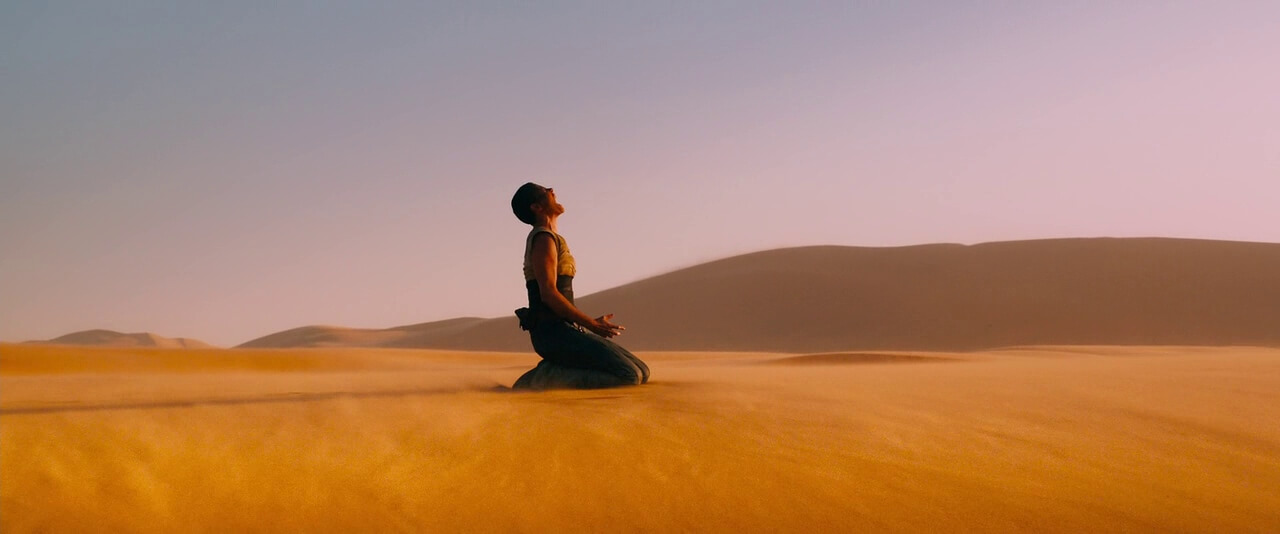
Mad Max: Fury Road
Parasite (2019) directed by Bong Joon-ho
Bong Joon-ho's Parasite creates a tense and claustrophobic atmosphere that mirrors the social dynamics at play. The stark contrast between the haves and have-nots is palpable, as the film explores themes of class struggle and inequality that echoes in the atmosphere created.
The confined spaces and intricate set design contribute to the film's sense of entrapment and unease. With its expertly crafted suspense and thought-provoking social commentary, Parasite keeps viewers on the edge of their seats, offering a chilling portrayal of a society on the brink.
Parasite Analysis — Bong Joon Ho's Mastery of Genre and Tone • Subscribe on YouTube
In cinematic history, there are many films that come and go. The ones that stand the test of time, the ones that linger in our culture and memory almost always create a unique film atmosphere that cannot be replicated. Whether it's through sound, dialogue, or set design, the atmosphere of a film plays a crucial role in shaping an unforgettable cinematic story.
Up Next
What is Mood in Film?
As we've explored, atmosphere plays a pivotal role in shaping a film's narrative. In our next article, we offer insights on how mood can influence a narrative and guide the emotional response of the audience.
Up Next: What is Mood in Film? →
Share your vision with elegant shot lists and storyboards.
Create robust and customizable shot lists. Upload images to make storyboards and slideshows.
